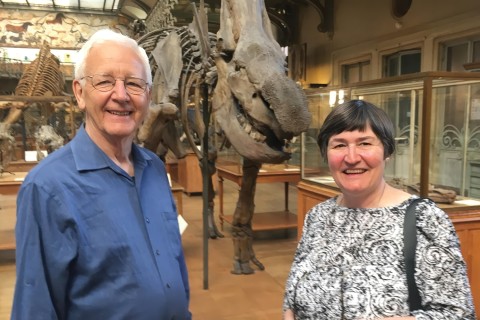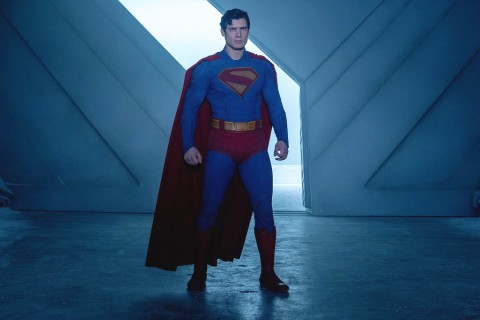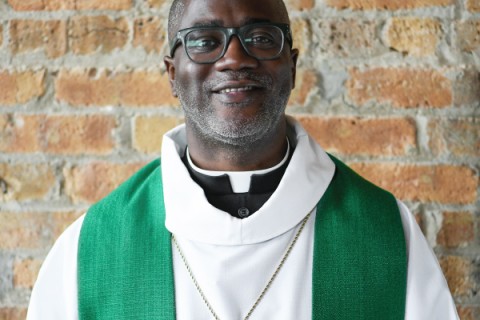10 years after Catholic sex abuse reforms, what's changed?
c. 2012 Religion News Service (RNS) When the nation's Catholic bishops gather in Atlanta next week (June 13-15) for their annual spring meeting, a top agenda item will be assessing the reforms they adopted 10 years ago as revelations of widespread sexual abuse of children by priests consumed the church.
The policy package they approved at that 2002 meeting in Dallas was known as the Charter for the Protection of Children and Young People, or the Dallas charter, for short. With it, the bishops vowed to finally put an end to the abuse and secrecy. They also pledged to help raise awareness about the plague of child abuse in society.
But is anything different -- in the church or in the country -- 10 years later? Here's a look at what has changed, and what has not:
One, law enforcement is more assertive. The chief criticism of the 2002 reforms was that they did not include any means of disciplining bishops who fail to follow the charter. Each bishop still answers only to the pope -- and Benedict XVI has so far declined to penalize any of them. But that hasn't stopped law enforcement officials from pursuing churchmen when the church will not -- a marked change from the deference that police and district attorneys once showed the hierarchy.
Witness the ongoing trial of Monsignor William Lynn, the longtime head of priest personnel for the Philadelphia archdiocese and the first cleric ever to face trial for covering up for abusers. The headline-making story was in many ways a trial in absentia of former Philadelphia Cardinal Anthony Bevilacqua, who died shortly before the trial started, and Cardinal Justin Rigali, who retired under a cloud last year after a grand jury indicted Lynn and others. Similarly, in Missouri, Bishop Robert Finn of Kansas City-St. Joseph is facing trial in September on charges that he failed to report credible allegations that one of his priests had a trove of child pornography and a suspicious interest in young children. The priest was arrested and charged, and Finn could become the first bishop ever convicted of a crime in connection with the scandal.
Two, progress in other countries is halting. While the U.S. bishops have made important strides in addressing the plague of clergy abuse, the Vatican and church leaders in other countries have been reluctant to push for similar steps elsewhere. Only last year, in the wake of abuse revelations in Italy, did the Vatican give the bishops in every country a year to draw up their own guidelines. In May, the Italian bishops' conference became the last national hierarchy in Western Europe to publish abuse policies, but they made it clear that the bishops have no legal obligation to report suspected cases to police.
Three, the Catholic Church may be the safest place for children. Whatever its past record, the Catholic Church in the U.S. has made unparalleled strides in educating their flock about child sexual abuse and ensuring that children are safe in Catholic environments. Over the past 10 years, Catholic parishes have trained more than 2.1 million clergy, employees, and volunteers about how to create safe environments and prevent child sexual abuse. More than 5.2 million children have also been taught to protect themselves, and churches have run criminal background checks on more than 2 million volunteers, employees, educators, clerics and seminarians. Allegations of new abuse cases continue to decline, as they have since 1980, and appear to reflect the effectiveness of some of the charter's policies as well as ongoing efforts to increase screening of seminarians and to deal with suspected abusers before they claim multiple victims.
Four, other denominations are starting to face the issue. What for years was seen as a "Catholic" problem is increasingly being recognized as a blight for all religious communities to one degree or another. After a series of sexual abuse incidents in recent months, Christianity Today, the flagship evangelical magazine, called for action in an editorial declaring that "all faith-based institutions can no longer afford to assume that predators are somewhere'out there,' over the clean Christian rainbow. They are not just in college locker rooms and Catholic rectories either. They are on our evangelical faculty and work in our community nonprofits..."
Orthodox Judaism has also been struggling with the issue, after revelations that some communities are thwarting efforts to address the problem or report allegations and suspects to police.
Court rulings may add impetus to reform efforts. Last May, a jury in Florida found that the Florida Baptist Convention was liable for failing to adequately check out a pastor and church planter who was later convicted of abusing a 13-year-old boy.
Five, Americans are realizing it's not just a problem for religion Former Penn State football assistant coach Jerry Sandusky is set to go on trial on Monday (June 11) for sexually abusing boys under his charge, a scandal that rocked an iconic college program and brought down legendary head coach Joe Paterno, who died earlier this year. The story was so shocking that it has reverberated beyond Penn State and focused attention on child abuse in all sports.
In addition, the sexual abuse of students by teachers has made headlines as it rarely did before, and a 2010 jury verdict holding the Boy Scouts of America liable for abuse that was detailed in secret files for decades alerted people to the dangers lurking in that venerable organization.
Whether further changes are in the offing for the Catholic Church or U.S. society is unclear, and may well depend on whether there are further scandals to keep public attention, and pressure, focused.




